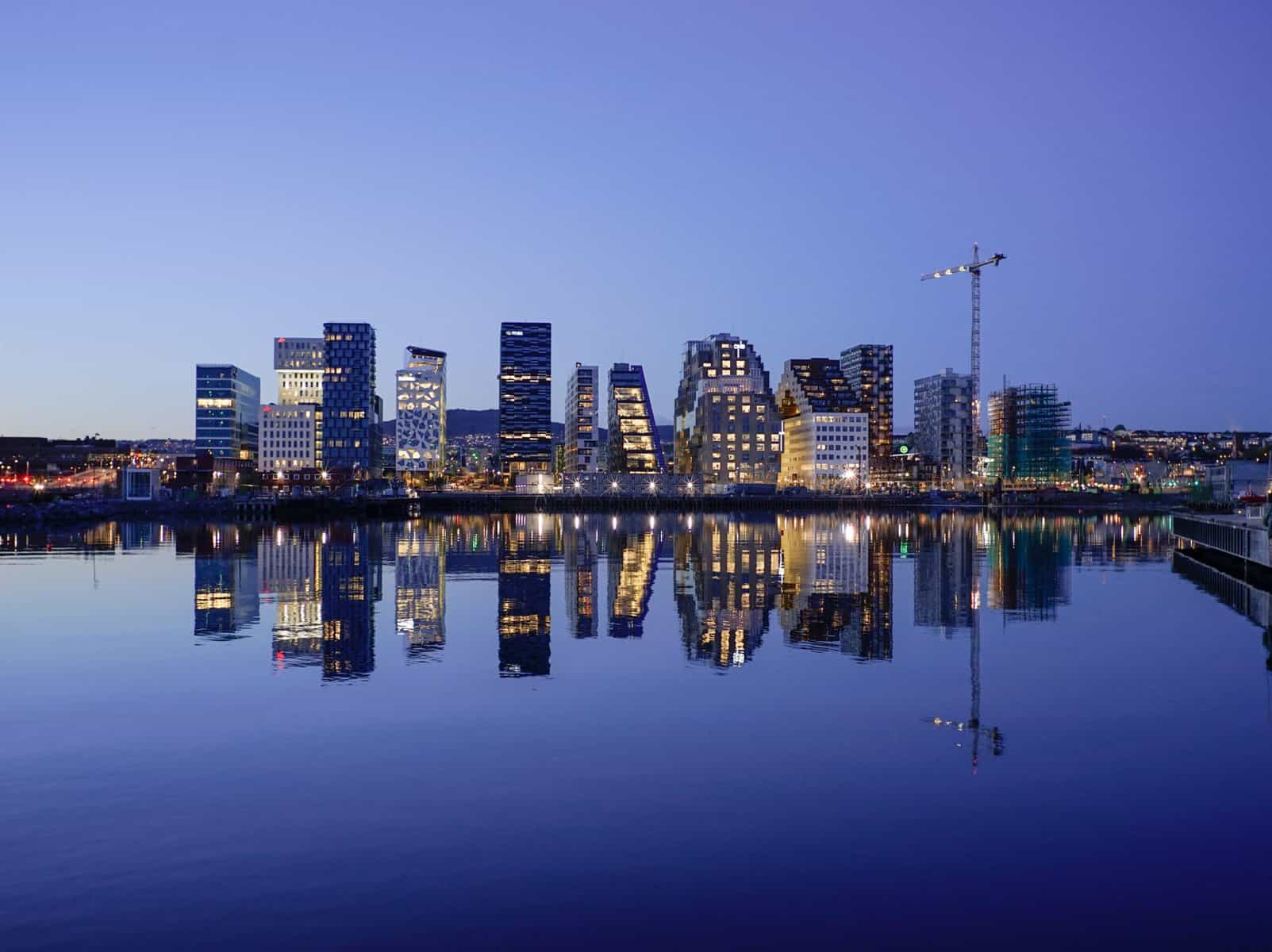
Visiting Beautiful Oslo
Do your vacation plans include visiting beautiful Oslo? Are you wondering when is the best time to visit? Look no further! In this blog post, we will dive into the different seasons and months to help you decide when to plan your visit to this beautiful city.
Whether you’re interested in exploring the vibrant cultural scene, enjoying outdoor activities, or experiencing the magical Norwegian winter, we’ve got you covered. Join us as we explore the best time to visit Oslo and make the most out of your trip to the capital of Norway. Let’s get started!
Introduction:
Oslo, the vibrant capital of Norway, offers a plethora of experiences for travelers. From its stunning architecture and world-class museums to its diverse culinary scene and rich cultural heritage, this city has something for everyone.
Whether you’re visiting during the summer or winter, Oslo’s charm and beauty will captivate you. In this guide, we’ll explore the best things to do and see in Oslo, including its architectural wonders, renowned museums, delectable cuisine, and vibrant arts and culture scene.
1. Architectural Marvels:
The Oslo Opera House:
 Marvel at the striking design of this contemporary masterpiece and enjoy panoramic views from its rooftop.
Marvel at the striking design of this contemporary masterpiece and enjoy panoramic views from its rooftop.
The Oslo Opera House is known for its angular architecture emerging from Oslo Fjord, designed by Snøhetta. The architects aimed to create a public space on the roof and integrate natural beauty with the city.
The foyer features an open space with an oakwood wall, housing the three performance halls, including the Main Stage.
Acoustic requirements influenced the design of the Main Stage, resembling an oversized wooden instrument. The opera house has two smaller stages, advanced theatre technology, and facilities for various performance arts.
Opera House Street separates public areas from production, offering glimpses into backstage activities. Main construction materials include white marble from Carrara, oakwood, aluminum for roof facades, and extensive glass facades.
Eight arts projects with 17 artists involved, integrating artwork like Metafoil and The Other Wall, and standalone sculptures like She Lies. The website includes sections on DNO&B, contact information, accessibility statement, privacy, cookies, and collaborators.
Akershus Fortress:
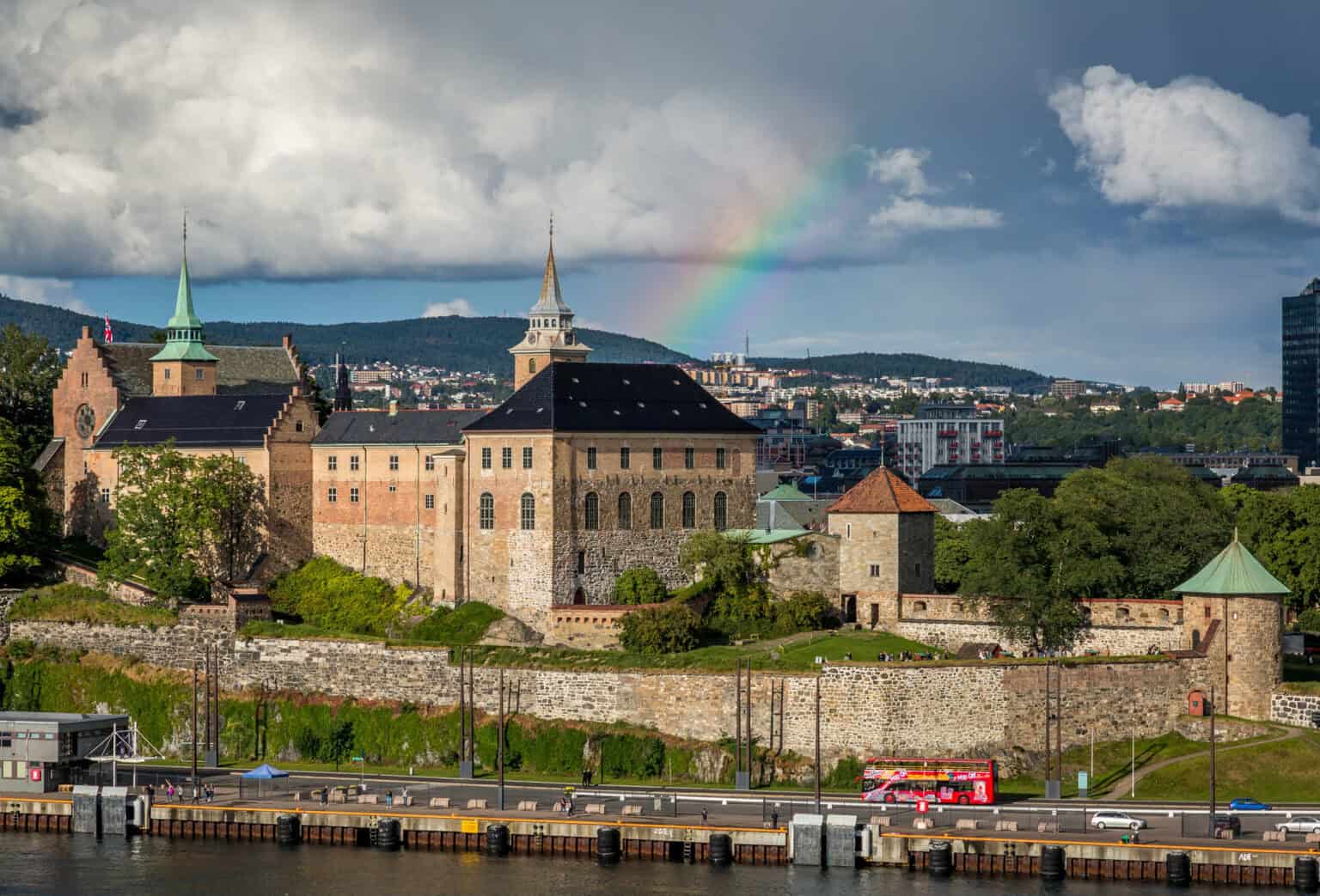
Explore this medieval castle and fortress, offering a glimpse into Oslo’s history and stunning views of the city.
– Akershus Castle, built around 1300AD, offers a historical journey from the 14th Century to the present day.
– Opening hours vary from September to April and May to August, with weekends and weekdays specified.
– Originally a medieval fortress, it was modernized into a renaissance castle in the 17th Century by King Christian IV.
– Facing disrepair in the 19th Century, the castle was rescued and restored in the 20th Century after Norway’s independence in 1905.
– Today, the castle houses the Norwegian government’s official functions and features original medieval remnants, royal residence rooms, dungeons, and more.
– The castle church and Royal Mausoleum are highlights of the tour, showcasing the castle’s historical significance.
– The article offers a digital guide to Akershus Castle, aligning with visitors’ physical tour routes, providing a comprehensive experience.
– Explore the castle digitally, covering its history and inventory, making it suitable for both pre and during-visit engagement.
Barcode Project:
Admire the modern architectural ensemble of high-rise buildings along the waterfront, known as the Barcode Project.
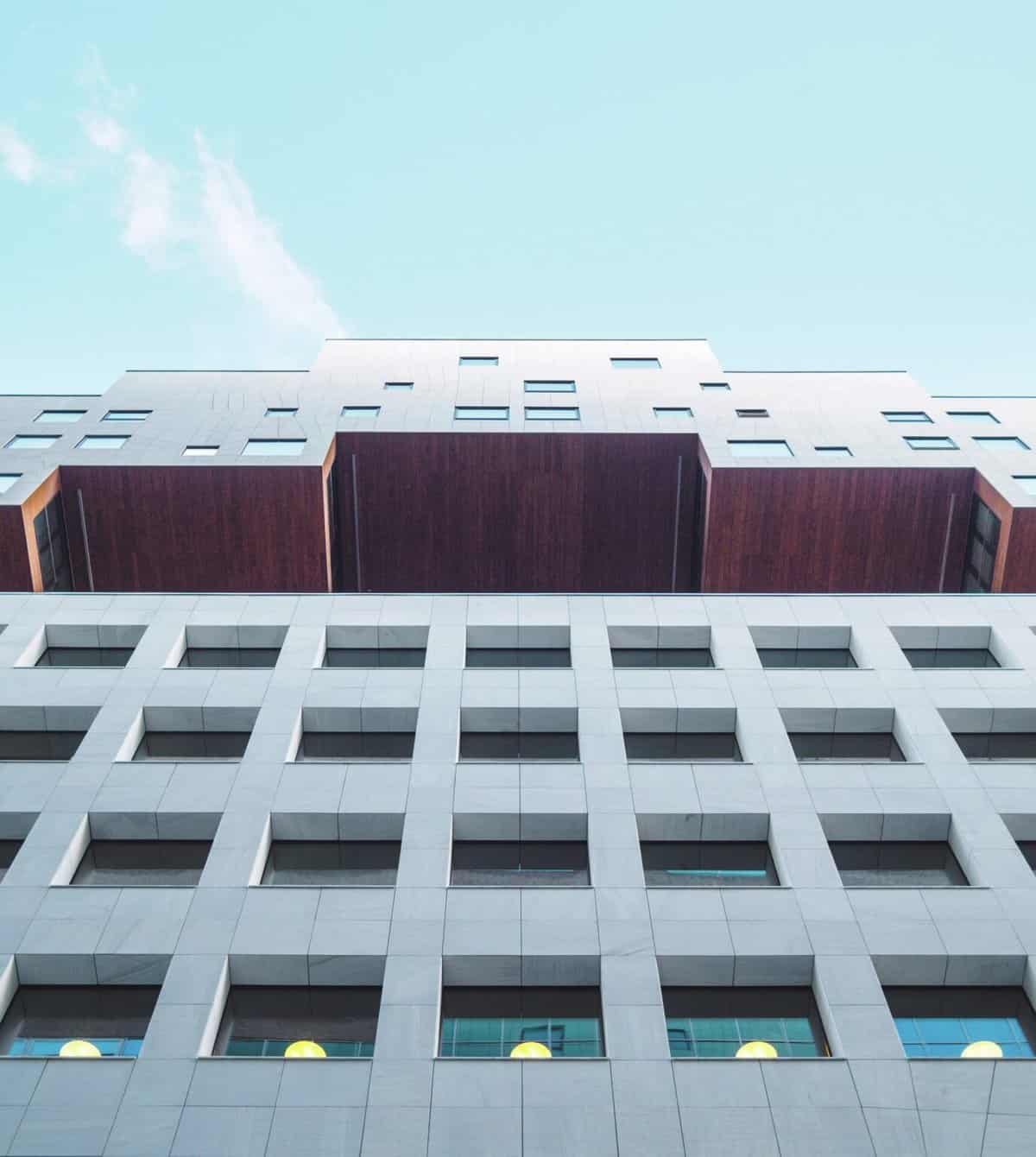
– Bjørvika Barcode comprises twelve narrow high-rise buildings resembling a barcode.
– Houses leading national and international businesses, with 10,000 daily workers and 400 apartments.
– Street level offers a diverse selection of restaurants, shops, galleries, and services.
– Located on Dronning Eufemias gate, 0191 Oslo.
– Explore the region with practical information, maps, and useful links.
– Opening hours for January: Mon-Fri 9am-4pm, Sat 10am-3pm, Sun closed.
– Tourist information call centre: +47 23 10 62 00, Mon-Fri 10am-12pm, 12:45pm-15:00pm (closed 12:00pm-12:45pm).
– VisitOSLO is Eco-Lighthouse certified for sustainability.
2. Museums Galore:
The Viking Ship Museum:

Discover the world’s best-preserved Viking ships and learn about Norway’s seafaring heritage.
- The Viking Ship House is closed for remodeling and will reopen as the Viking Age Museum in 2026/2027.
- The Viking Age Museum will feature the world’s best-preserved Viking ship and around 5,500 other objects from the Viking Age.
- Work on the new Viking Age Museum is in progress, with a visit from Minister Sandra Borch to the construction site.
- Latest news includes updates on the Gjellestad excavation, with efforts to digitize rivets for a digital reconstruction of a Viking ship.
- While Vikingskipshuset is closed, exhibitions with Viking Age objects can be viewed in the History Museum in Oslo.
- The website provides information about the new museum, the collection, Viking Age, exhibitions, research, and press photos.
The Munch Museum:
Immerse yourself in the works of Edvard Munch, one of Norway’s most famous artists, and explore his iconic painting, “The Scream.”
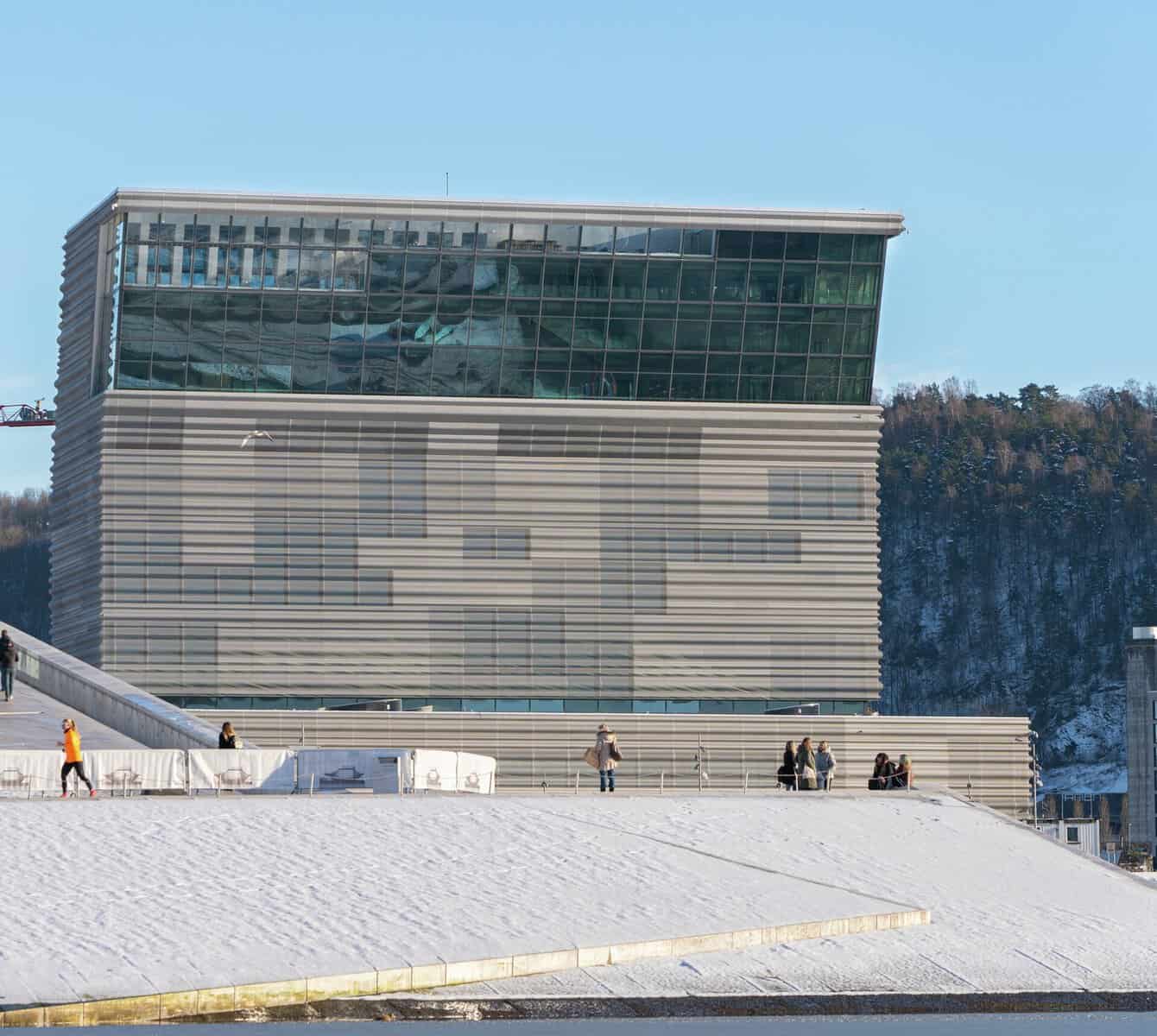
- MUNCH museum opened on October 22, 2021, at Oslo’s waterfront, providing a tailored art experience.
- The museum originated in discussions led by Edvard Munch in 1963, a century after his birth, and is now in a contemporary building.
- MUNCH preserves Edvard Munch’s life’s work, a gift bequeathed by the artist himself.
- The museum, located at Bjørvika, transforms Oslo’s skyline while respecting the surrounding city.
- MUNCH engages in international exhibitions, collaborations, research, and technology-based experiences.
- The Research Library manages the collection, and MUNCH works to disseminate knowledge about Munch and his art.
- The museum offers venue hire, hosts events, and supports art awards and grants related to Munch’s and Vigeland’s art.
- Regular opening hours are Sun-Tue: 10-18, Wed-Sat: 10-21, with a location at Edvard Munchs plass 1, 0194 Oslo.
- Contact information: info@munchmuseet.no, Postal address: Munchmuseet Postboks 3304 Sørenga, 0140 Oslo, NORWAY.
- The website provides additional features like a webshop, deli & kafé, and behind-the-scenes glimpses.
The National Museum:
Marvel at a vast collection of Norwegian and international art, including works by renowned artists such as Picasso and Monet.

- The National Museum – Nasjonalmuseet in Oslo offers a diverse experience of older, modern, and contemporary art, architecture, and design.
- The new National Museum opened on June 11, 2022.
- Tickets can be purchased in advance to ensure entry at preferred times.
- Current exhibitions include “Harriet Backer: Every Atom is Colour” and “Hand and Machine Architectural Drawings.”
- The National Museum Visitor Guide app facilitates navigation through the museum.
- Family-friendly activities are available, and the museum features a cafe with modern Norwegian food.
- The National Museum’s library and archive offer additional resources and experiences.
- Other locations include The National Museum – Architecture, Villa Stenersen, and The Station Master’s House.
- Contact information: Mailing address – Pb. 7014 St. Olavs plass N–0130 Oslo, Email – info@nasjonalmuseet.no, Phone – +47 21 98 20 00.
3. Culinary Delights:
Aker Brygge:
Indulge in a variety of cuisines at this waterfront district, offering a range of restaurants, cafes, and bars.
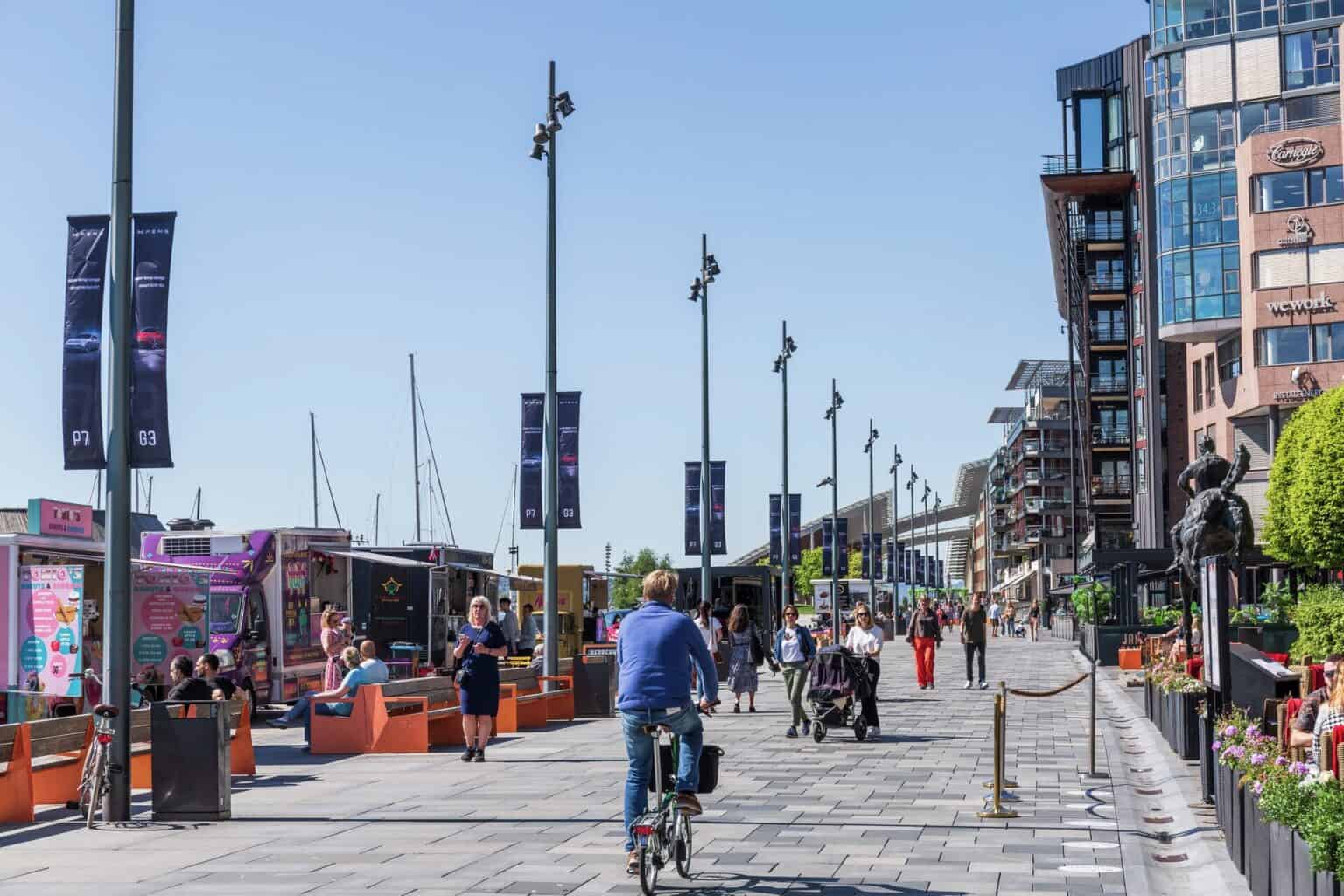
- Aker Brygge is a vibrant area in Oslo, Norway, known for its modern architecture, galleries, and a strip of restaurants along the boardwalk.
- Plenty of opportunities for al fresco dining with a sea view along the bustling promenade.
- Cosy shopping alleys behind Aker Brygge offer a variety of clothing shops.
- A bridge connects Aker Brygge to Tjuvholmen, a must-see for design and architecture enthusiasts with diverse architecture, art installations, and galleries.
- Tjuvholmen also features the Astrup Fearnley Museum and high-standard restaurants in unique surroundings.
Mathallen Oslo:
Explore this food hall, showcasing local and international delicacies, fresh produce, and artisanal products.
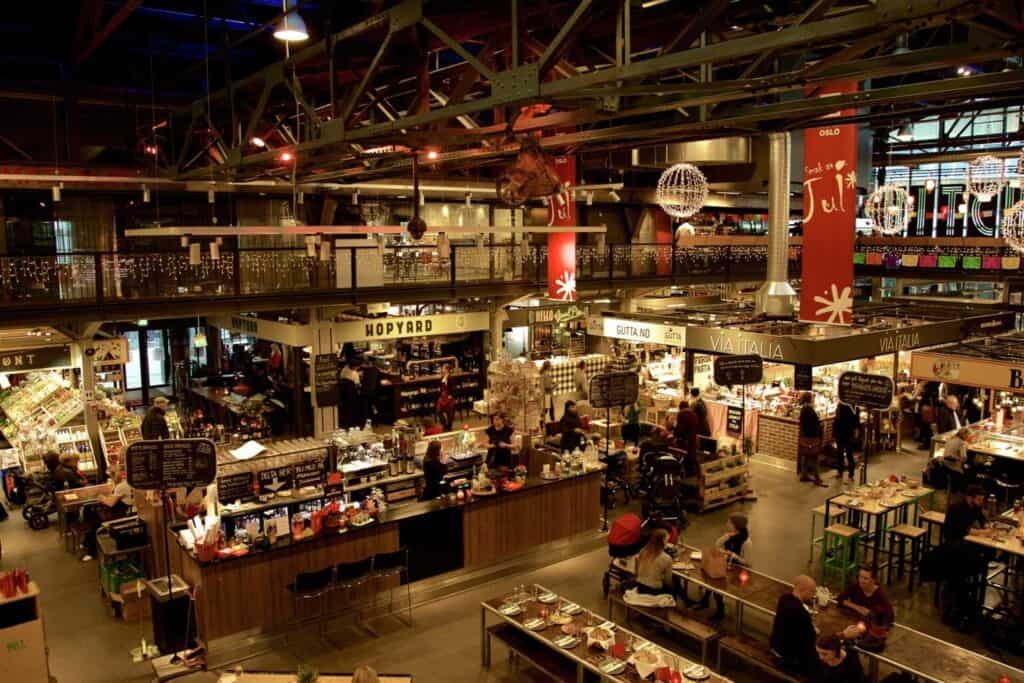
- Mathallen Oslo is a hub for unique taste experiences featuring the best of Norwegian and international food.
- Opening hours: Tuesday – Saturday: 10-20, Sunday: 11-18, Monday: Closed (varied hours for some restaurants).
- Gift cards are available for purchase, and tempting offerings include “Treasures of the Sea” and a “Do It Yourself: Butter Chicken” kit.
- Contact Mathallen Oslo at Tel: 40 00 12 09 or post@mathallen.no.
Try Norwegian specialties:
Sample traditional dishes like lutefisk, rakfisk, and reindeer meat, and don’t forget to try the famous Norwegian waffles.
Lutefisk: A Unique Norwegian Christmas Tradition
Lutefisk holds a special place in Norway’s festive celebrations, particularly during Christmas. In the 1500s, before the Reformation, lent required Christians to consume fish, leading to the creation of preserved fish dishes like rakørret and persetorsk. Lutefisk, made by treating dried stockfish with lye, became a popular choice all over Norway.
Historical Origins
Documented as early as the 1500s, lutefisk’s history intertwines with the Arctic stock of Atlantic cod known as skrei. The process involves soaking stockfish in lye for two days, rinsing, and then cooking it.
This unique culinary tradition originated from the necessity to preserve food, likely influenced by historical incidents involving fire and ash.
Serving Styles
The way lutefisk is served varies across Norway. In Fjord Norway, it pairs well with mushy peas, boiled potatoes, and bacon cubes.
Trøndelag prefers syrup and brown cheese, while other regions have their own accompaniments. There’s no right or wrong way to enjoy lutefisk, encouraging experimentation with different combinations.
Beyond Norway
Lutefisk has crossed borders and is also enjoyed in Sweden, Finland, and the USA. Variations exist, such as using ling instead of cod in Sweden and Finland. In the USA, particularly in states with Scandinavian heritage, lutefisk has been a tradition for over 160 years.
Culinary Diversity
If you’re feeling adventurous, you can explore lutefisk in various Norwegian restaurants. For instance, FireLake in Stavanger emphasizes local ingredients, Matbaren Bistro by Renaa focuses on seasonal produce, and Naustet Restaurant in Haugesund offers traditional local dishes. Each place adds its own touch to this unique culinary experience.
Conclusion
Lutefisk is not just a dish; it’s a cultural journey that spans centuries and continents.
Rakfish:

- Norwegian rakfisk is a traditional fermented fish dish dating back to the Middle Ages.
- Rakfisk is considered one of the most culturally important and iconic Norwegian recipes.
- The fermentation process involves lactobacillus bacteria, creating lactic acid to preserve the fish.
- The ideal temperature for rakfisk fermentation is max 8ºC /46ºF.
- The rakfisk process requires careful hygiene, with the fish being gutted, bones removed, and cleaned within an hour of catching.
- Good rakfisk should have a mild odor, not be too salty, spreadable, slightly firm, and vibrant in color.
- Rakfisk is traditionally served with flat bread, butter, potatoes, onions, beets, sour cream, and sometimes sugar, accompanied by beer and aquavit.
- November is the time when rakfisk is ready and celebrated as a lead-up to the holidays.
- Three rakfisk recipes are shared on the website, including one traditional and two variations.
Reindeer Meat:
- Norwegian game, especially reindeer, has distinct flavors and aromas due to the animals roaming freely in the wild and grazing on mountain pastures.
- Each game region in Norway has its own unique identity in taste, influenced by differences in soil, vegetation, local culture, and traditions.
- Sustainable hunting is essential for wildlife management in Norway, with controlled hunting practiced to maintain unspoiled nature.
- Chef Arne Brimi emphasizes using every edible part of the animal in cooking, showcasing a variety of dishes from cured sausages to slow-cooked neck.
- The key to cooking game meat, according to Brimi, is simplicity; minimal seasoning with a pinch of salt or just a lump of butter.
- Game dishes are complemented with savory additions like potatoes, carrots, lingonberries, and various root vegetables, contributing to a well-rounded meal.
- Chef Brimi recommends serving water with game meals and suggests locally produced fruit juices as a refreshing choice to complement the dishes.
- Game meat is readily available in Norwegian grocery stores, farm shops, and farmers’ markets, offering a range of options for cooking at home or enjoying in restaurants.
- Game plays a significant role in Arctic cuisine, with other delicacies like freshly caught king crab, traditional stockfish, and exclusive local lambs also highlighted.
- Various restaurants across Norway, such as FireLake in Stavanger and Restaurant À L’aise in Oslo, offer diverse and delicious game dishes as part of their menus.
- Travellers can explore Norway’s culinary scene through offers from trusted companies, enjoying unique experiences like sleeping in ice hotels, hunting northern lights, and fjord tours.
Waffles:

Master the creation of delectable Norwegian waffles with a simple recipe featuring:
- 400 ml all-purpose flour
- 100 ml sugar
- 1 teaspoon baking powder
- 1 teaspoon ground cardamom
- 400 ml milk
- 3 eggs
- 100 g melted butter
Method:
- In a bowl, blend flour, baking powder, sugar, and cardamom. Gradually add milk, mixing until combined.
- Incorporate eggs and melted butter, allowing the batter to rest for 0.5 hours. Adjust thickness with water or milk if needed.
- Cook the waffles in a traditional Norwegian waffle iron, shaping them into heart forms for the best results. Serve with butter, brown cheese, or whipped cream topped with jam.
4. Cultural Experiences:
Vigeland Park:
Wander through this expansive sculpture park, featuring over 200 bronze and granite sculptures by Gustav Vigeland.
The Royal Palace:

Admire the grandeur of the official residence of the Norwegian monarch and witness the changing of the guards.
- The Royal Palace is located on a rise called Bellevue in Oslo, Norway.
- Building activities for the palace started in 1824, and it was officially inaugurated on 26 July 1849.
- The palace is owned by the state and serves as the workplace for the monarchy’s daily activities.
- The Palace Park surrounding the Royal Palace was designed as a Romantic landscape.
- The reception rooms showcase various interior styles popular during the 25-year construction period.
- The Royal Palace is open to the public during the summer season, with tickets available through Ticketmaster.
- The palace is built in Neo-Classical style with a facade of stuccoed brick, featuring two wings and three storeys.
- Flags, including the Royal Standard of Norway, fly over the Royal Palace most days of the year.
Oslo Cathedral:
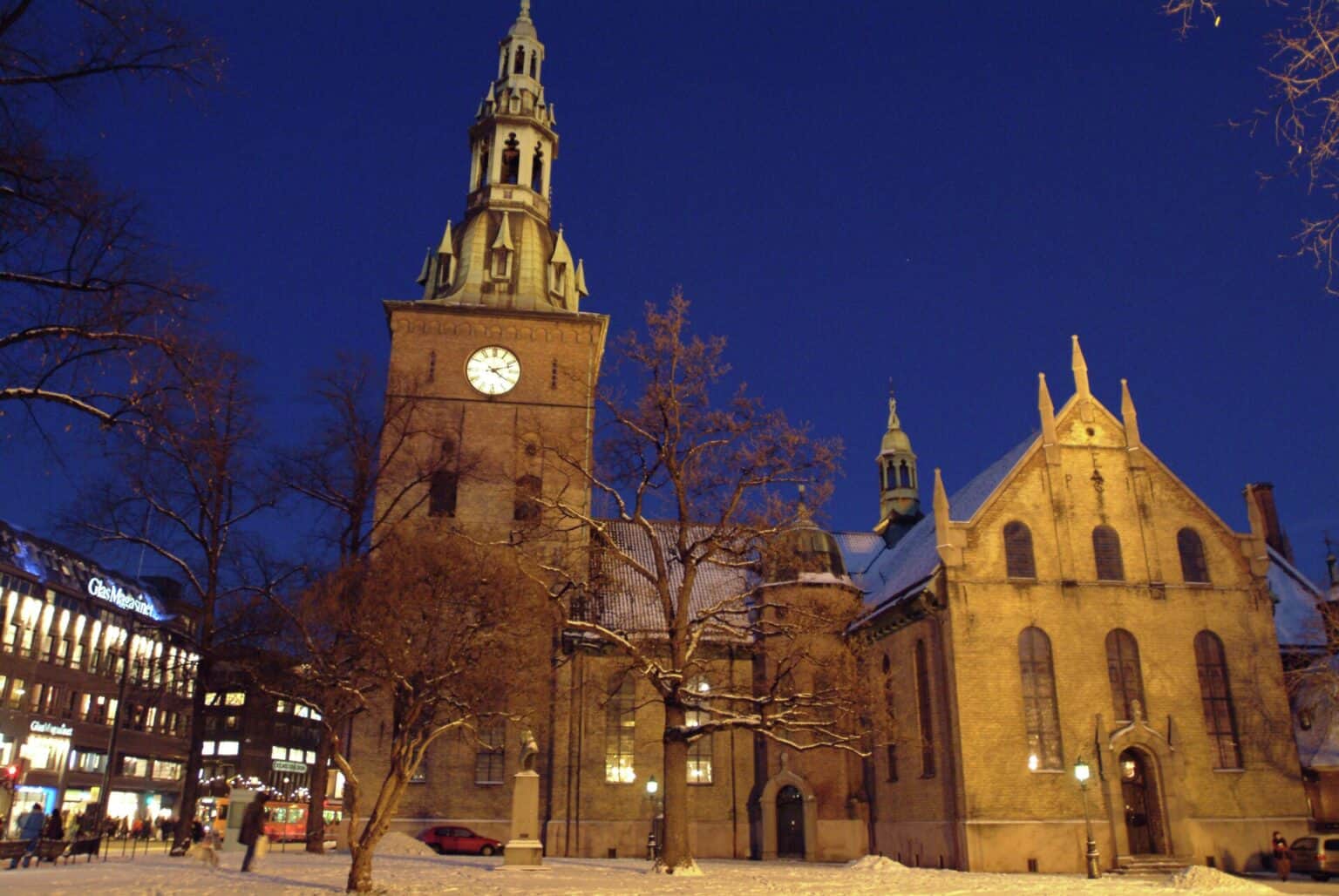 Visit this stunning cathedral, known for its beautiful stained glass windows and serene atmosphere.
Visit this stunning cathedral, known for its beautiful stained glass windows and serene atmosphere.
Discovering Oslo Cathedral
- Oslo Cathedral, a prominent landmark, holds historical significance in the heart of Oslo, Norway.
- Construction started in the 17th century, and it has undergone various renovations.
- Exhibiting Gothic architecture, the cathedral features intricate details and a captivating interior.
- A central location for major events and ceremonies, Oslo Cathedral plays a key role in Norwegian culture.
- Open to the public, offering visitors a glimpse into Norway’s rich cultural and architectural heritage.
- The cathedral stands as a testament to centuries of history, blending religious and architectural importance.
5. Art and Festivals:
Oslo Art Scene:
Explore the city’s vibrant art scene by visiting contemporary art galleries and street art hotspots like the Tjuvholmen district.
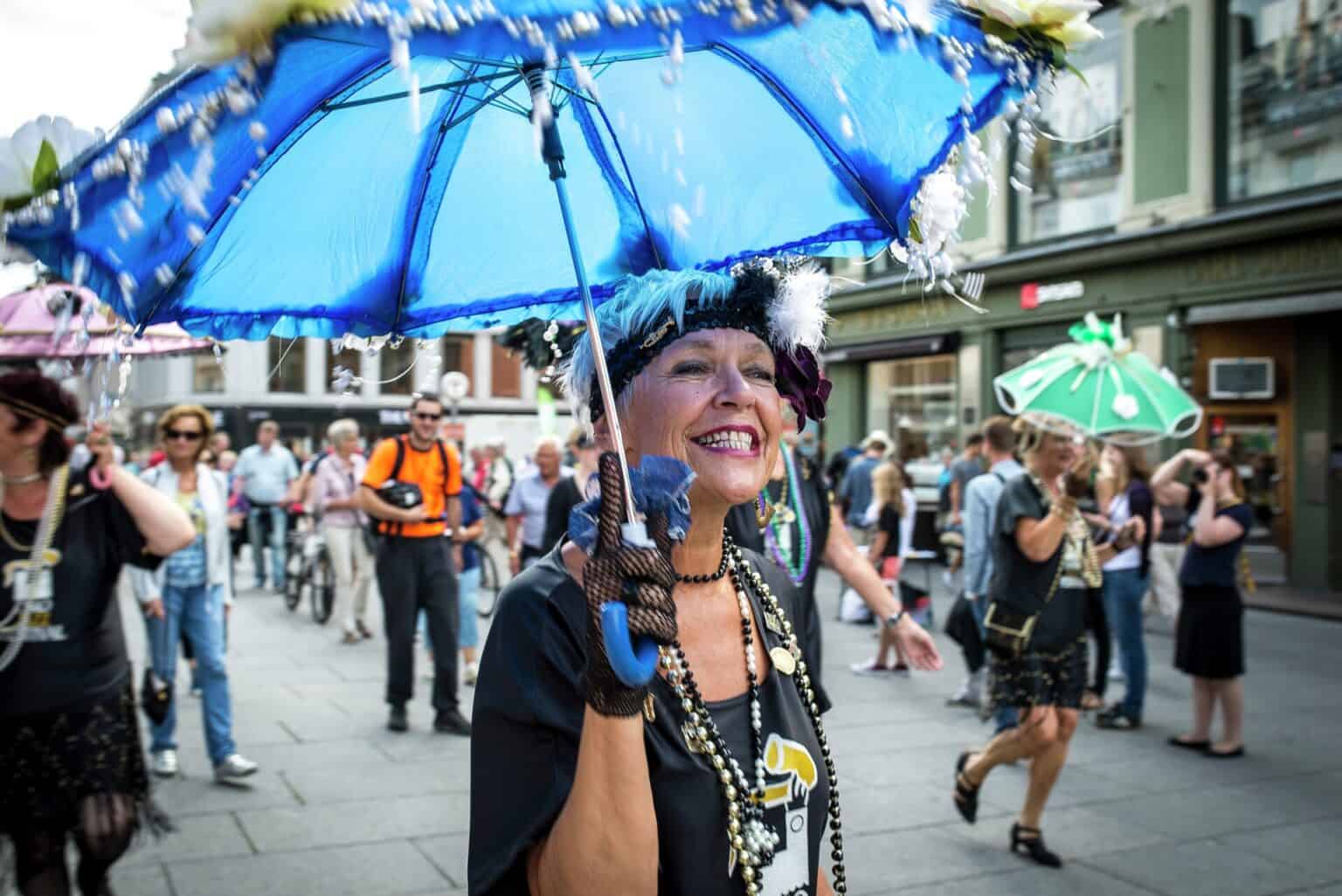
Oslo Jazz Festival:
Experience world-class jazz performances during this annual festival held in August.
- Oslo Jazz Festival 2024 is a non-profit foundation
- Week 33 hosts a week-long festival with 70+ concerts
- 10-15 venues in the centre of Oslo feature various jazz styles
- Since 1986, established as one of Norway’s biggest jazz festivals
- New Head of Marketing and Communications: David Jønsson
- Aftermovie released, capturing the essence of the festival
- Emil Bø wins USBL Jazz Talent 2023
- Line Juul appointed as the new Festival Director
- Oslo Jazz Festival is Balansemerket (Balance Marked)
- Contact for booking: info@oslojazz.no, 22 42 91 20
Christmas Market:
Embrace the festive spirit at the Oslo Christmas Market, where you can enjoy traditional food, crafts, and entertainment.
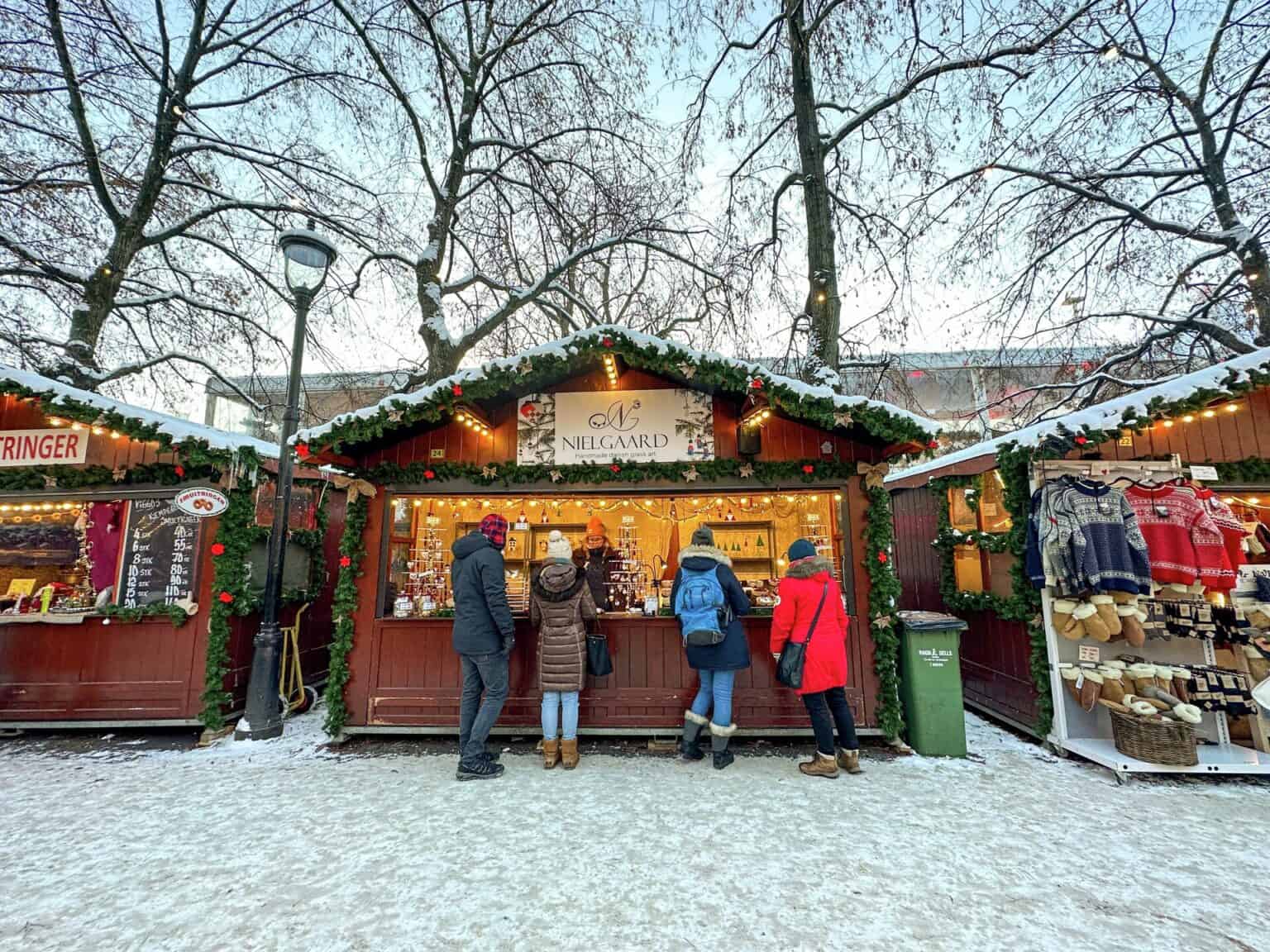
Conclusion:
Oslo seamlessly blends rich history with modern innovation. The city captivates visitors with its architectural wonders and fascinating museums. Its tantalising cuisine and vibrant arts scene inspire all who visit.
Pack your bags for an unforgettable journey to Oslo. Discover the best architecture, world-class museums and delicious food. The city’s culture and art await your exploration.
Oslo Visitor Centre
Monday-Friday 9am-4pm
Saturday 10am-3pm
Sunday closed
The tourist information’s call centre
+47 23 10 62 00
Mon-Fri 10am-12pm; 12:45pm-15.00pm
closed 12.00pm-12.45pm


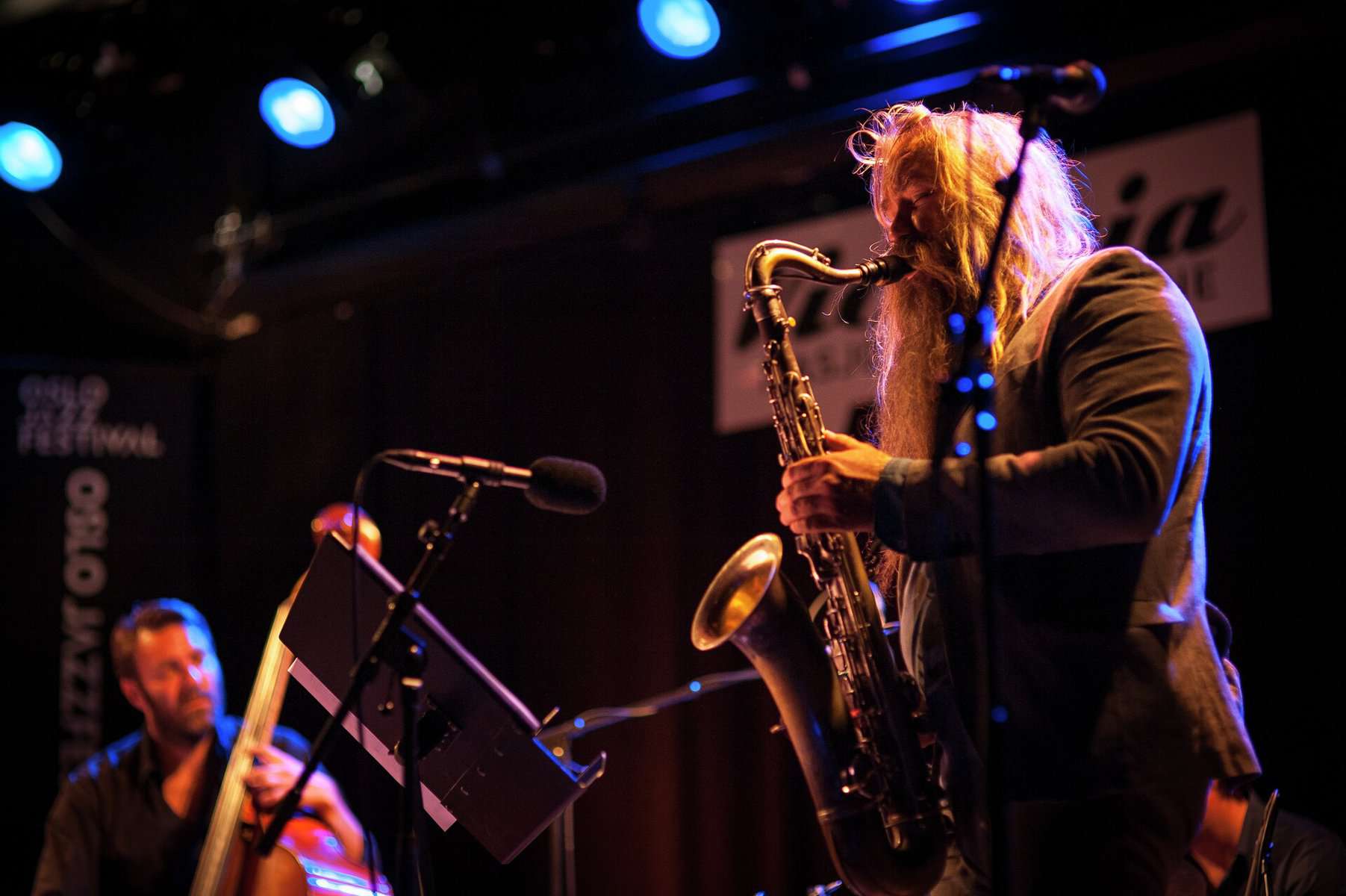
 In this introduction to Nordic music, we explore the traditions and cultural roots of Nordic music and where it is today on the world stage, so to speak.
In this introduction to Nordic music, we explore the traditions and cultural roots of Nordic music and where it is today on the world stage, so to speak.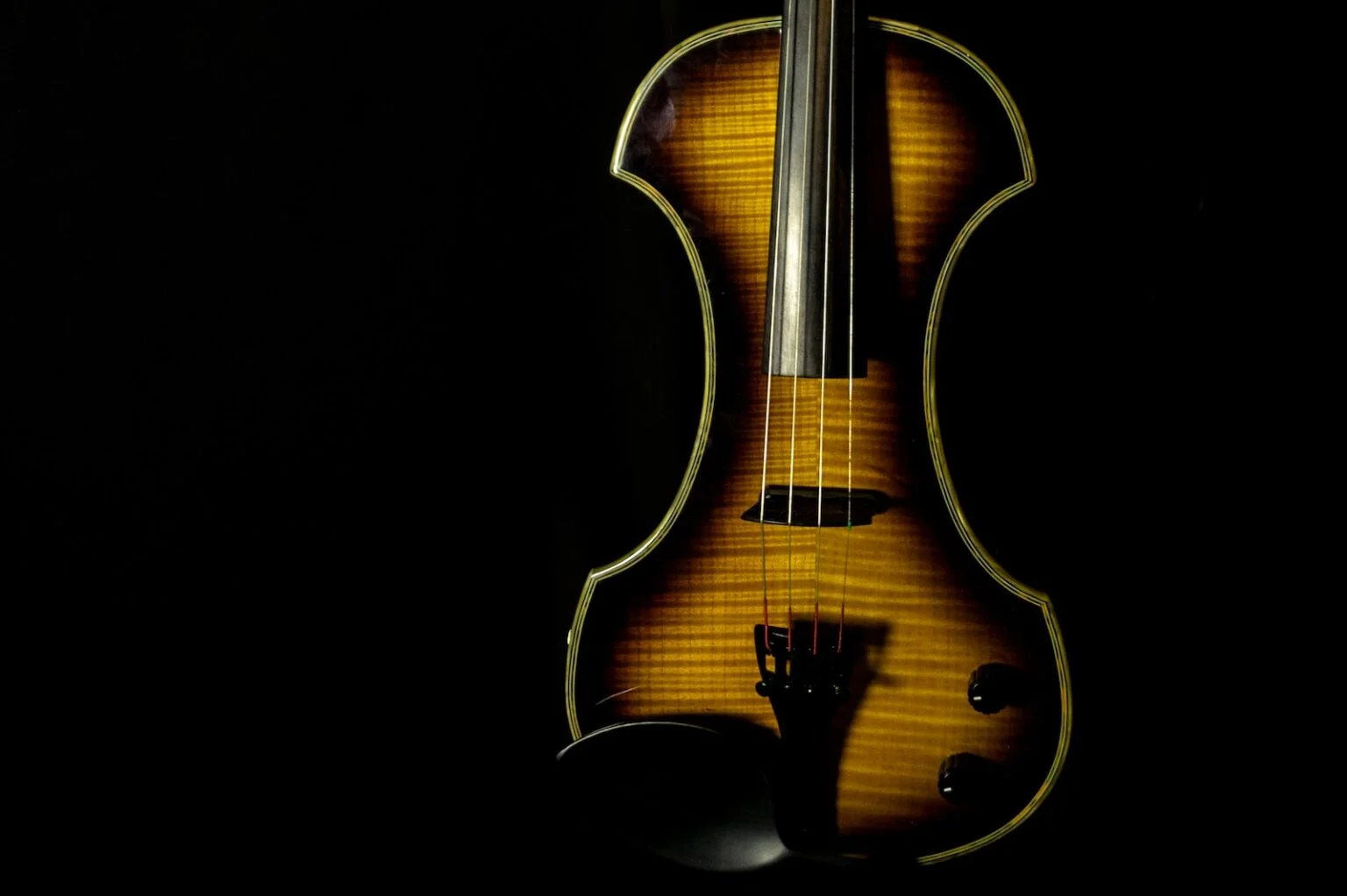
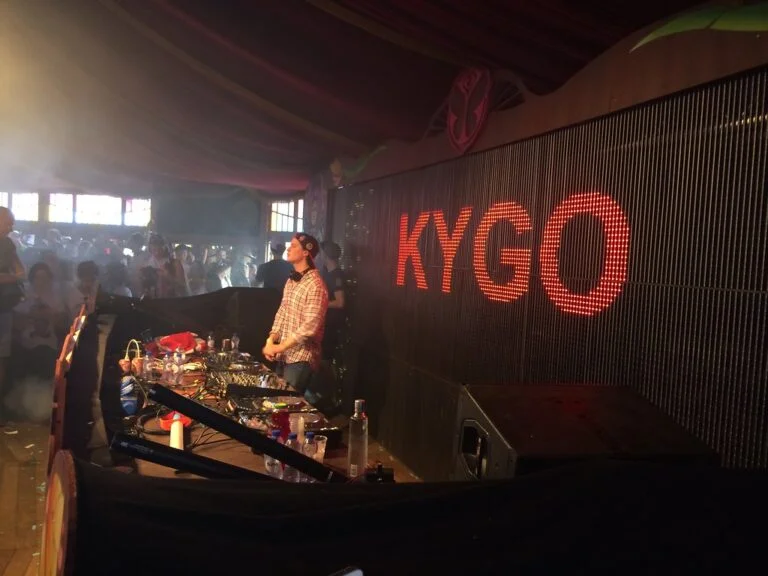 Today, contemporary artists like
Today, contemporary artists like 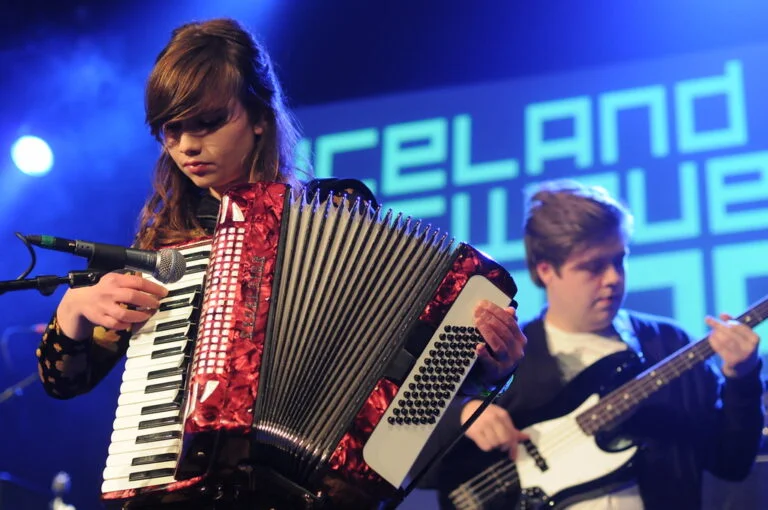 Held in Reykjavik, Iceland, the
Held in Reykjavik, Iceland, the